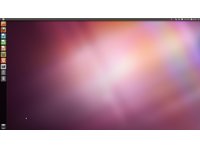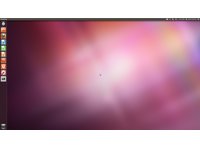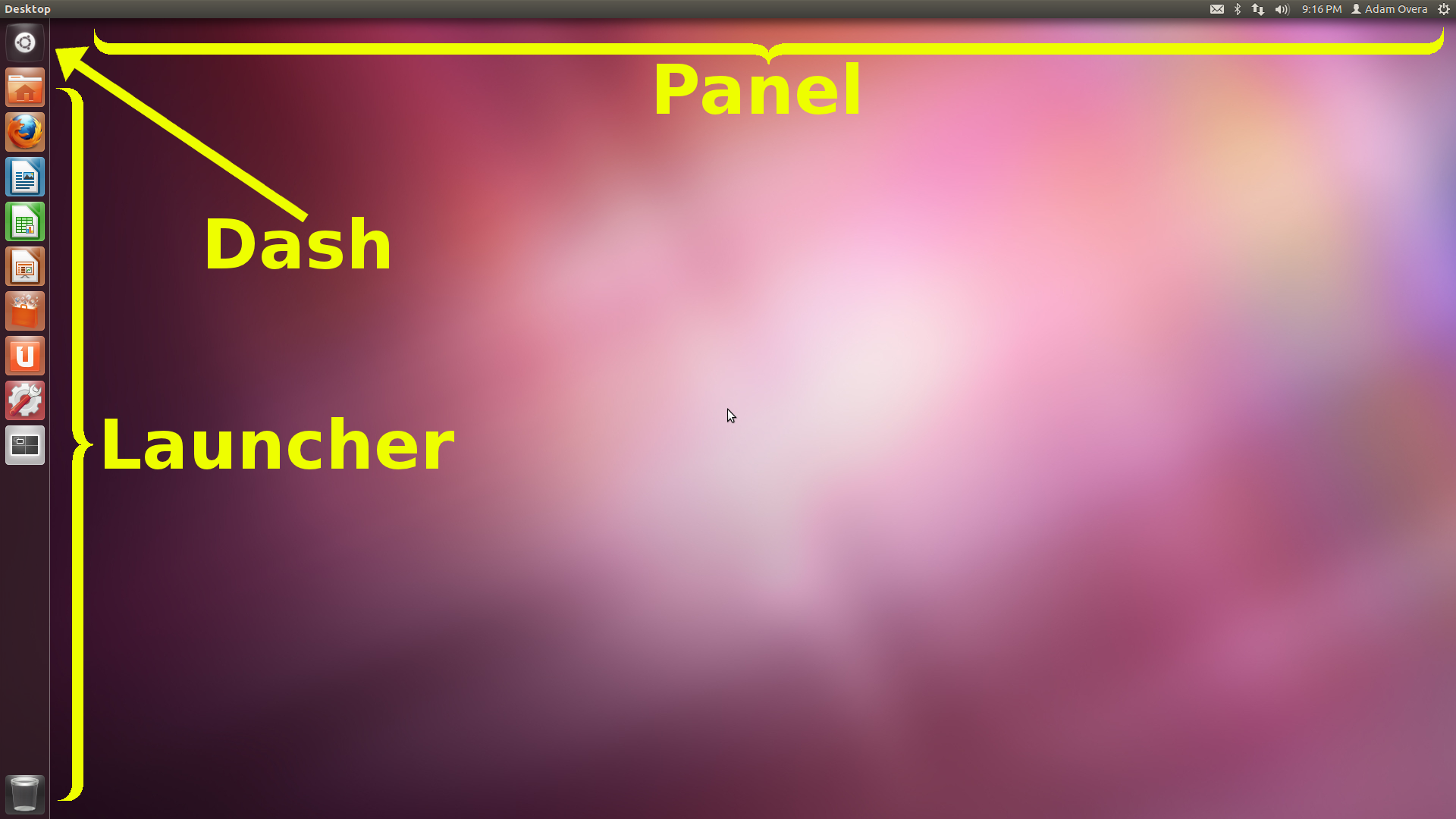Ubuntu 11.10 Review: Benchmarked Against Windows 7
Three months have passed since the latest version of Ubuntu launched. With its classic desktop gone, Oneiric Ocelot is all Unity. The training wheels are off; no turning back now. Is Ubuntu ready for touchscreens? And how does it compare to Windows 7?
Unity 4.0 Overview
Oneiric Ocelot heralds the second incarnation of the Unity GUI in the desktop edition of Ubuntu, but it's actually version 4.0. Version 3.0 shipped with last April's Natty Narwhal, version 2.0 was included in the Netbook Edition of Ubuntu 10.10 Maverick Meerkat, and version 1.0 appeared in Ubuntu Light, the OEM-only instant-on companion OS.


While no functionality was lost between Natty's version of Unity and now, several features shifted to other areas of the UI. The three main elements of Unity are the Panel, Launcher, and Dash. This trinity make up the bones of Ubuntu's Unity GUI. The image below is a desktop map of Ubuntu 11.10.
Panel
The Unity Panel takes up two dozen pixels at the top of the screen. This Panel is akin to the upper panel from the GNOME 2 desktop, which was the default GUI in versions of Ubuntu before Natty Narwhal, along with countless other Linux distributions. This is where the System Tray is housed and Notifications appear.
Launcher
The Unity Launcher is the taskbar/dock that takes up the left side of the screen. To make the Windows analogy, the Launcher houses Start menu, the window list, and Quick Launch functionality.
Dash
Get Tom's Hardware's best news and in-depth reviews, straight to your inbox.
Dash is essentially the Ubuntu Start menu. It houses shortcuts to everything from applications to operating system utilities to files and folders.
Each of these three elements and the features that comprise them are detailed on the next three pages.
-
Gamer Dude comptonThe best part of 11.10 is the renewed appreciation it gave me for Windows 7.LOL that bad uh well at leased there is an alternative if the Sopa takes awake my ripped Window 8 copy LOL.Reply -
jasonpwns That's the problem, I've always considered Windows king for gaming, but after looking at Doom 3, and the performance boost over Windows 7. Are we sure we're developing for the right platform? I mean games on Linux theoretically would run a lot better.Reply -
indian-art Happy with the benchmarks. I feel Ubuntu 12.04 will be even better.Reply
Just around a couple of months for its launch! -
malimbar One major irrelevancy in beginning of the article: while Mint overtook Ubuntu in Distrowatch, it's nowhere near the actual userbase: http://www.omgubuntu.co.uk/2012/02/stats-show-ubuntu-not-losing-ground-to-linux-mint/Reply
Interesting article otherwise, and very well done. I particularly like how it highlights major areas that ubuntu developers need to work on, but still gives ubuntu as a OS credit where it deserves it. It's more worthwhile IMO to review LTS releases (and one is coming up soon), but in the meantime it's great to see where Ubuntu is right now. -
rmpumper jasonpwnsThat's the problem, I've always considered Windows king for gaming, but after looking at Doom 3, and the performance boost over Windows 7. Are we sure we're developing for the right platform? I mean games on Linux theoretically would run a lot better.Reply
If you did not notice, all of the 3 tested games are OpenGL which is barely supported in Win7. How about we see some DirectX9 10 and 11 games before making silly conclusions? And in any case, who gives a rat's ass about Doom3 - 7 year old awful game? -
Gamer Dude jasonpwnsThat's the problem, I've always considered Windows king for gaming, but after looking at Doom 3, and the performance boost over Windows 7. Are we sure we're developing for the right platform? I mean games on Linux theoretically would run a lot better.To bad Microsoft has a Monopoly on DX architecture.Reply
